The Air Force is seeking $5.3 billion in fiscal 2023 to continue revamping its outdated facilities across the globe, nearly half of which comes in the form of major construction projects.
“These actions undertake urgently needed actions to improve the defense ecosystem and build resilient facilities and infrastructure,” the service said in its latest budget request, released on Monday.
Three years ago, the Department of the Air Force launched its “Infrastructure Investment Strategy” that promised to shift from reactively fixing its facilities to proactively upgrading them. While the amount of money sought for that project is growing, the Air Force’s major military construction spending is slated to dip as it figures out how to repurpose existing facilities for its future needs.
RELATED
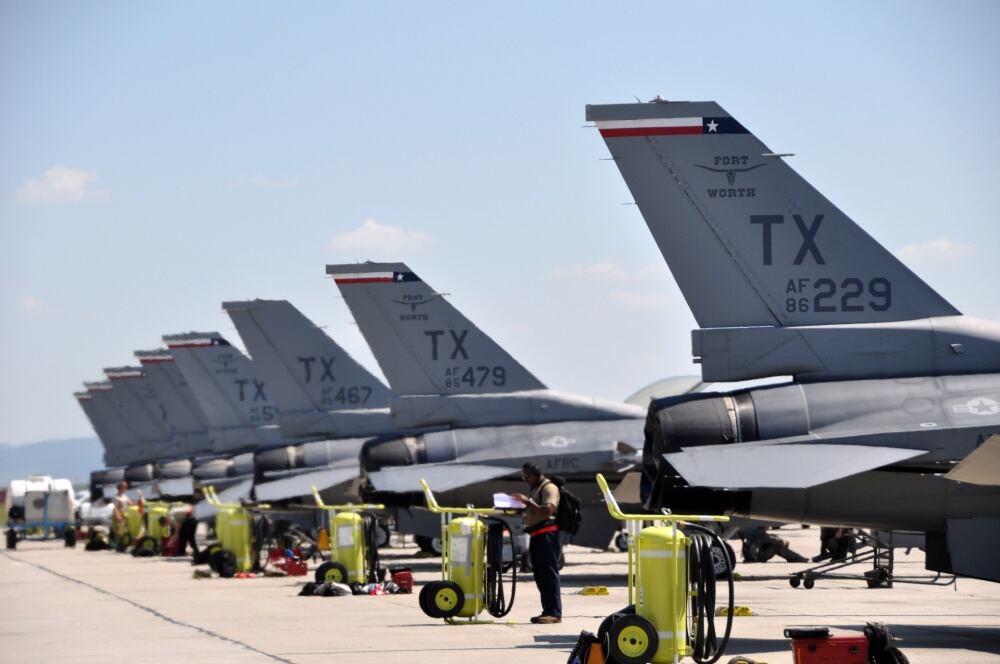
Proposed construction spans nearly 40 major projects, more than half of which are new starts. The programs prepare the Air Force to bring on new assets like the B-21 Raider nuclear bomber and a new generation of land-based intercontinental ballistic missiles, and chip away at the approximately $35 billion backlog of deferred care for its bases.
Those range in cost from an $8 million security fence around the perimeter of Rygge Air Station in Norway, to a $125 million weapons assembly facility for the B-52 Stratofortress bombers at Barksdale Air Force Base, Louisiana.
The list highlights efforts to build up sparse places to better serve as strategic lilypads, and bolster those already in use. Suggested projects worth nearly $700 million through the European Deterrence Initiative and Pacific Deterrence Initiative include:
- Storage facilities for equipment that can be used to create an air base from scratch at Iceland’s Naval Air Station Keflavik and Hungary’s Papa Air Base
- Storage for rapid airfield damage repair equipment at Italy’s Aviano AB and Spain’s Morón AB
- Aircraft parking, fuel tanks and other airfield features on Tinian Island in the Northern Mariana Islands
- An aircraft corrosion repair center at Japan’s Kadena AB, which will also get a new search-and-rescue helicopter maintenance hangar
- The perimeter fence at Rygge
RELATED
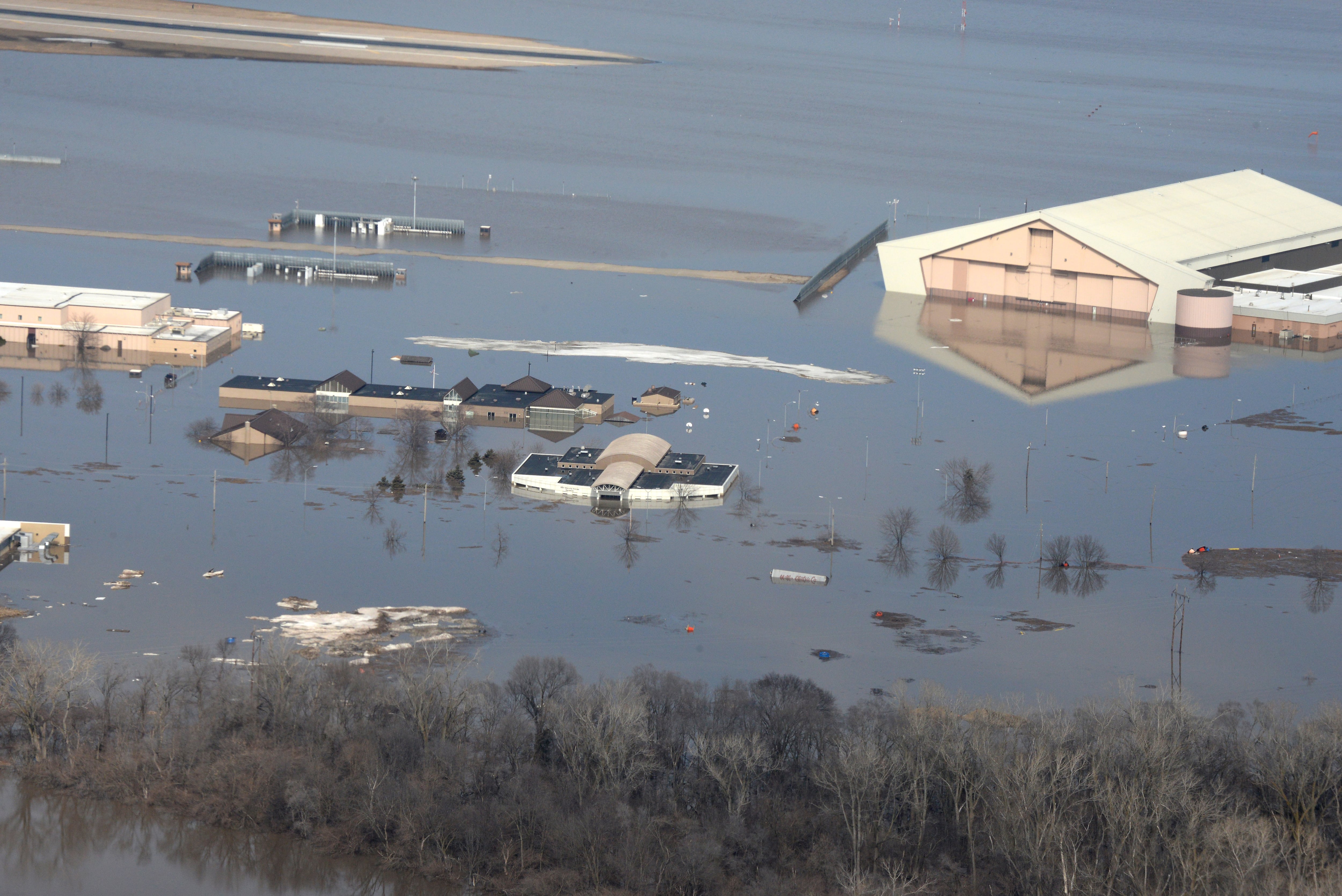
Also notable for the U.S. military footprint abroad are $50 million worth of upgrades to fuel and maintenance infrastructure at Muwaffaq Salti AB in Jordan, where the 332nd Air Expeditionary Wing has appeared to be headquartered since at least 2020. The Air Force does not publicly discuss the extent of its operations from the base, most often referring to it as a location in Southwest Asia.
In 2019, The War Zone reported the military planned to spend tens of millions of dollars to turn the remote outpost into a hub for fighter jets, drones, cargo planes and more.
Two new dormitories at Joint Base San Antonio-Lackland, Texas, and Clear Space Force Station, Alaska, are on the table as well.
Still, the focus is on revitalizing its space, not expanding. “Growth from [fiscal] ‘22 to ‘23 is essentially nonexistent — it’s flat,” Maj. Gen. James Peccia, the Air Force’s deputy assistant budget secretary, said of the military construction funding request in a briefing Monday.
RELATED
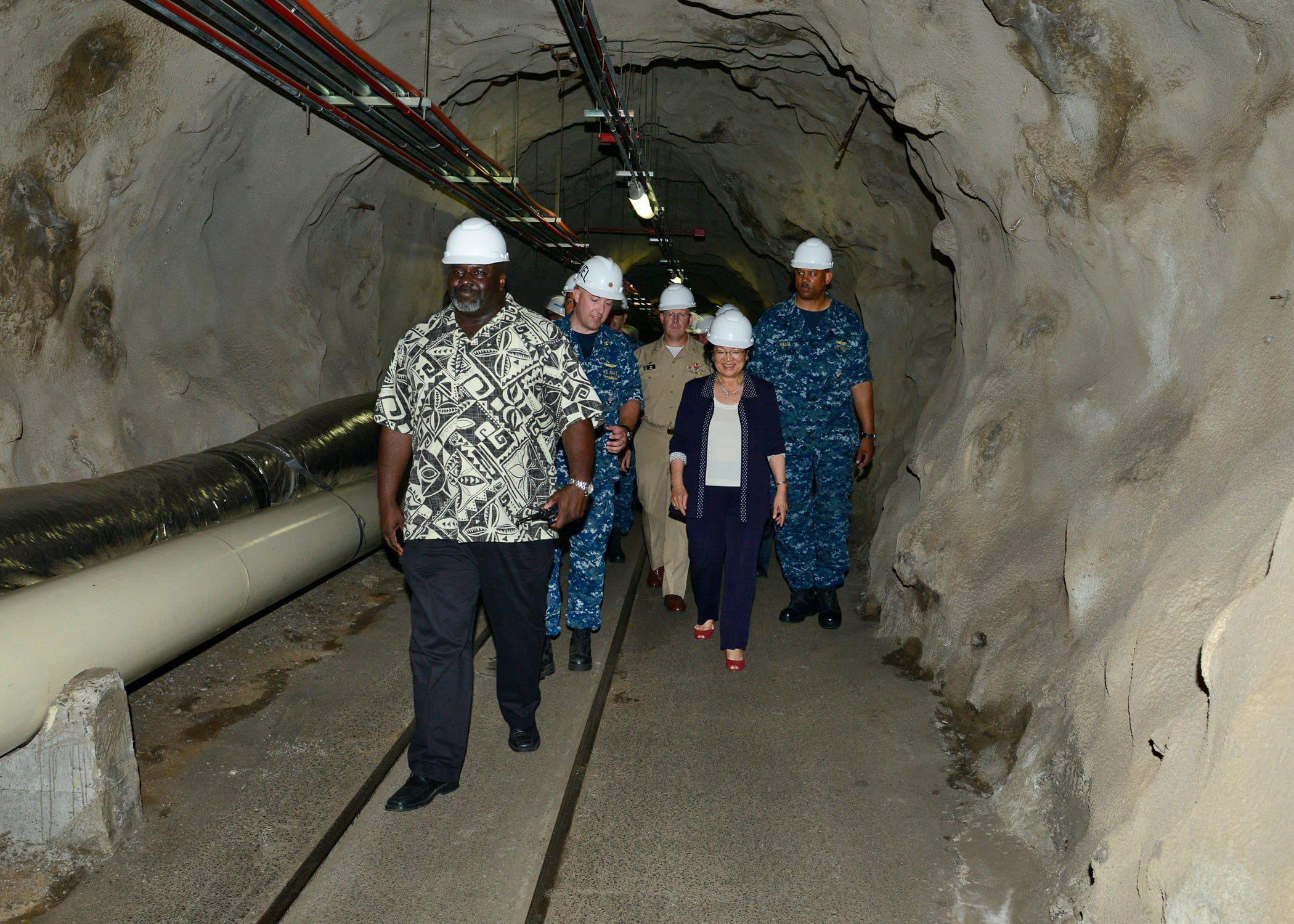
Next year, officials plan to draw up a blueprint for closing or demolishing existing facilities to make way for new construction, Air Force spokesperson Ann Stefanek said. The 2019 investment strategy promised to tear down the worst 5% of facilities service-wide.
Many of its building woes have been well-publicized, like the MQ-9 Reaper schoolhouse at Holloman AFB, New Mexico, where duct tape holds equipment together, an abundance of bat poop temporarily closed an entrance, and a sinkhole threatens to swallow one building. Other bases have suffered the effects of devastating natural disasters and severe weather.
The pandemic-era shift toward more telework is helping clear space to downsize the Air Force’s footprint as well.
Another key piece of ongoing refurbishment involves modernizing the maintenance enterprise at the Oklahoma City Air Logistics Complex at Tinker Air Force Base, Oklahoma; Ogden ALC at Hill AFB, Utah; and Warner Robins ALC at Robins AFB, Georgia.
RELATED
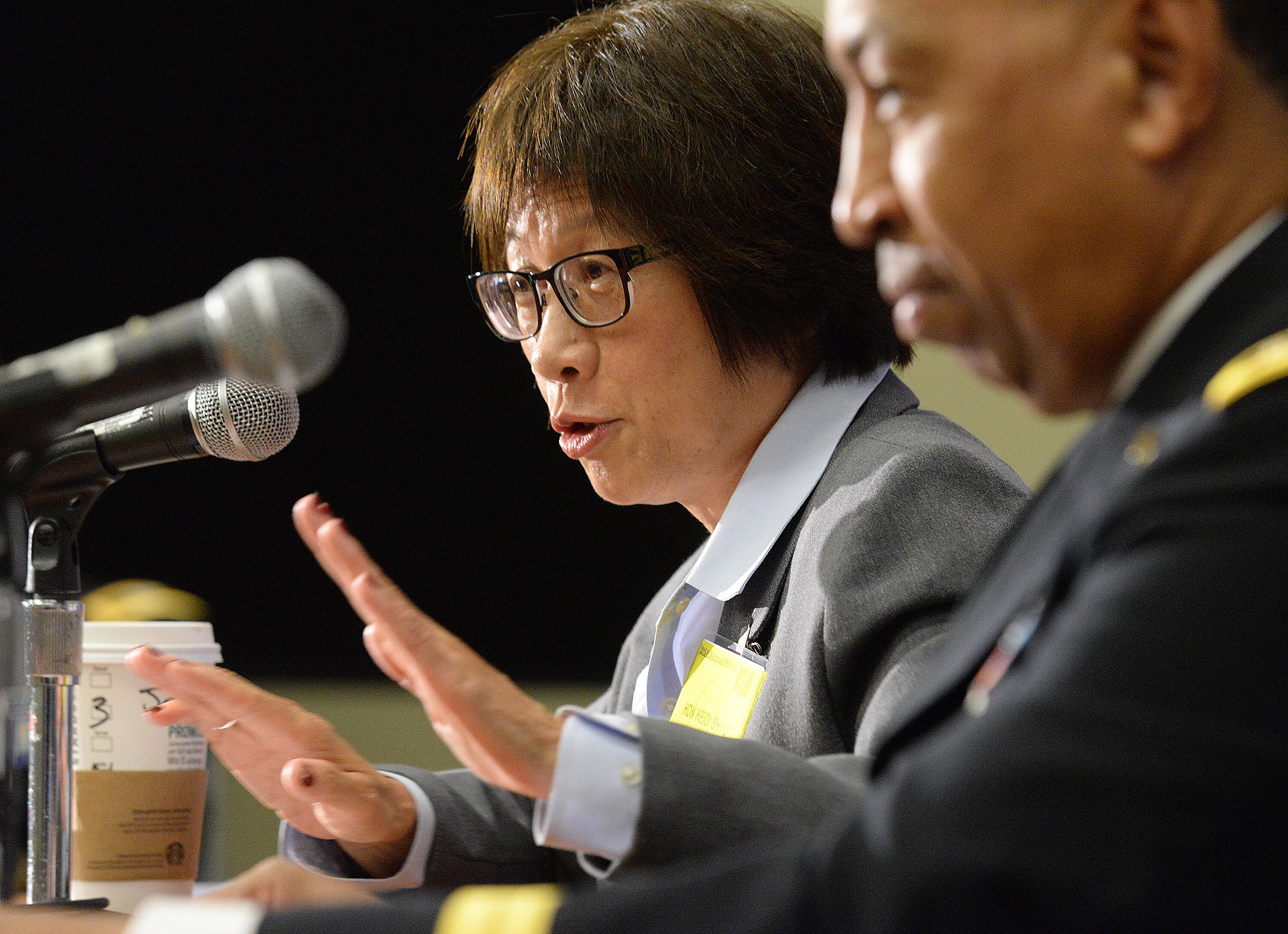
An Air Force report submitted to Congress in March noted that the 2,200 pieces of major equipment — those worth more than $250,000 — used in the Air Force’s three main repair shops average 16 years old.
Nearly 40 percent are past their reliable lifespan of about 18 years, but those resources aren’t typically replaced until they reach their mid-20s, according to the report obtained by Air Force Times.
The Air Force Sustainment Center turned around more than 600 aircraft, 360 engines, 153,600 components and about 800 software packages in fiscal 2021.
“Given the complexity and future uncertainties of workload and operational tempos, the United States Air Force must modernize the [depot] infrastructure to meet growing warfighter requirements, reduce sustainment costs, increase flexibility/environmental resiliency and posture for future threats,” the report said.
RELATED
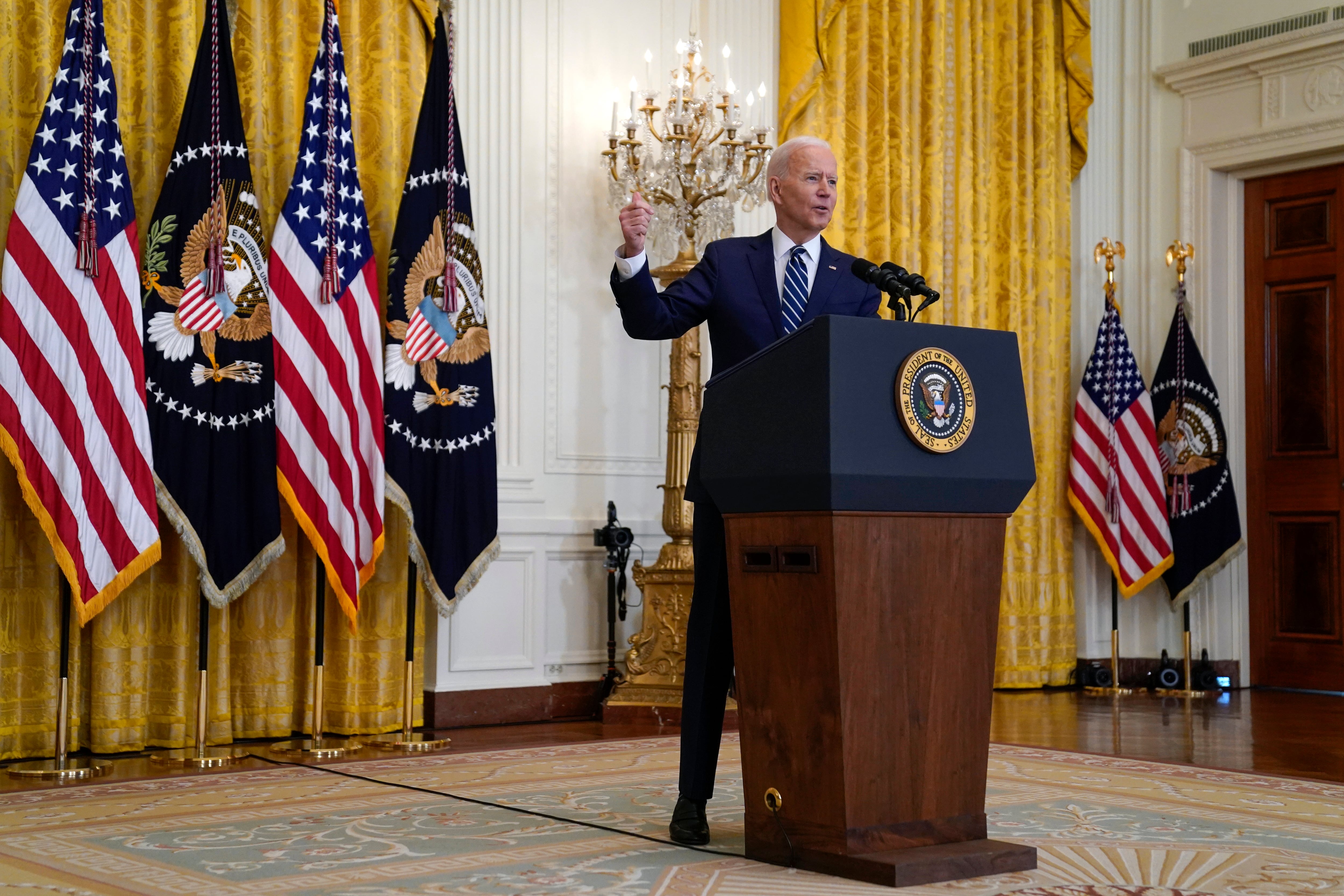
The Air Force has funded the replacement of 50 pieces of equipment on average each year for the past five years. But that needs to ramp up to 85 purchases a year if the service wants to meet its maintenance infrastructure goals.
Annual spending on those items reached $175 million in 2021, totaling $842 million since 2016, the Air Force said.
Those investments are split into four categories: computer software and hardware and telecommunications equipment; minor construction on military facilities; other software development and acquisition; and the other everyday equipment used to repair, upgrade and test military systems.
Sustaining an aircraft inventory that averages around 30 years old poses numerous challenges; among them, needing to buy spare parts that are no longer in production, having to rely on a single remaining company for expertise, and continuing slow manual processes that have long been automated in the private sector.
RELATED
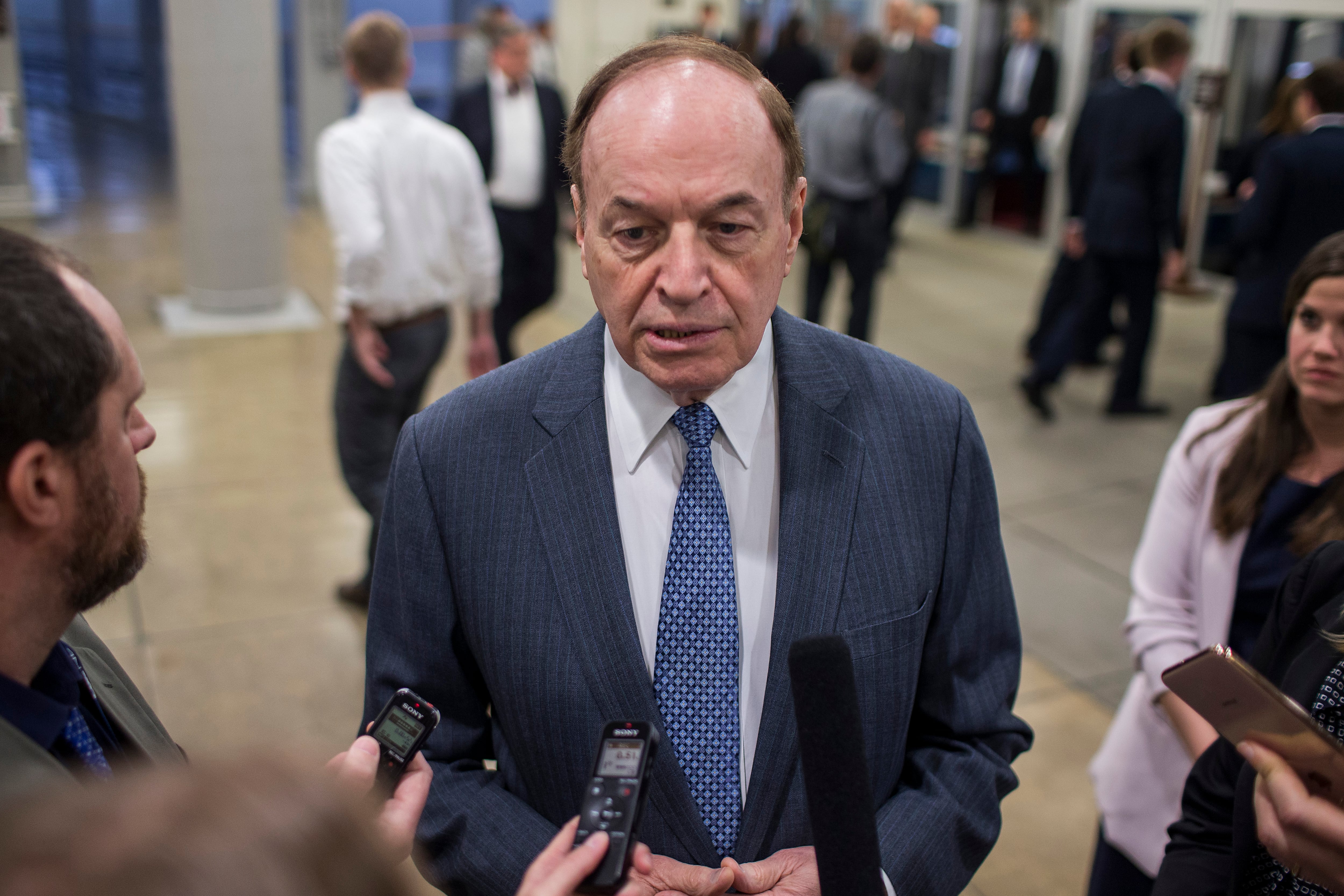
The associated infrastructure is getting too old to reliably work with equally aging planes and weapons, let alone the modern designs coming to fruition.
At Ogden in Utah, for example, equipment used to care for landing gear date “back to the inception of their associated workloads and are showing negative effects of age and corrosion,” the report said. Despite some investments in new equipment that helps protect airmen from hazardous materials in their work, a “significant portion” of the resources used to remove toxic coatings from landing gear are at risk of failing.
Ogden also pointed to one problem unique to the nuclear arsenal: A 25-year old imaging machine that scans the rocket fuel inside of a Minuteman III missile is getting harder to maintain.
“This equipment assesses if any defects are present in the solid fuel boosters that could affect missile performance,” the Air Force wrote. “The manufacturer, ARACOR, has dissolved and there are no other repair sources. Therefore, when the system fails, [Ogden] is reliant on a single contractor with system experience to help with troubleshooting and repair.”
RELATED
Dozens of VA medical centers slated for closure, total rebuilds under new infrastructure plan
Even though the Air Force plans to begin phasing out Minuteman III for the new Ground-Based Strategic Deterrent missiles in the late 2020s, the service argues it should still replace the fuel scanner to be more cost-effective, efficient and safer until the older weapons are retired.
All told, the total estimated cost of replacing capital equipment across the three air logistics complexes stands at $4.2 billion, according to the report.
“As we shift toward fleets that include fifth-generation and beyond capabilities, it is imperative that our air logistics complexes optimize opportunities to stay ahead of future missions,” the Air Force wrote.
Rachel Cohen is the editor of Air Force Times. She joined the publication as its senior reporter in March 2021. Her work has appeared in the Washington Post, the Frederick News-Post (Md.), Air and Space Forces Magazine, Inside Defense, Inside Health Policy and elsewhere.








